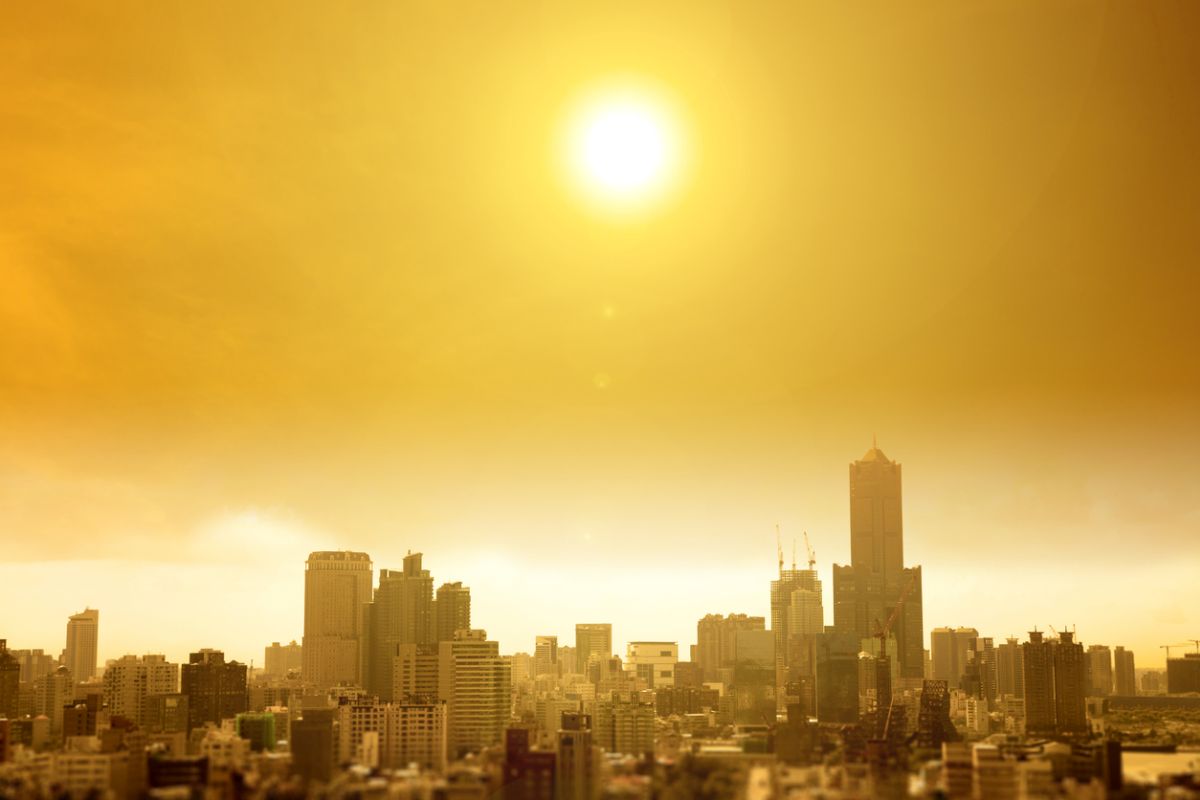While the North-western and central India has been reeling under scorching temperatures since March this year and India recorded its warmest March in the last 122 years, the Centre for Science and Environment (CSE) stated the impact of heatwave is more pronounced in cities due to the Urban Heat Island effect.
As per CSE, it is a phenomenon where densely populated and built urban areas witness higher temperatures than their surrounding rural areas.
Advertisement
The Urban Heat Island effect must not be mistaken as a tropical climate issue — it is a very ‘urban issue’ that is linked with the way we plan and design our cities.
“The reason is rampant construction, concretisation and shrinking of green spaces and waterbodies in cities are factors leading to a trapping of heat,” added CSE.
However, the country has failed to follow the India Cooling Action Plan (ICAP) that was released in 2019 by the Ministry of Environment, Forest and Climate Change.
On the grounds that by 2038 a significant percentage of households in India would be living in thermally uncomfortable buildings due to bad design — and with space cooling demand shooting up consistently – the ICAP set a target of reducing national cooling demand by 25-30 per cent and reducing cooling energy requirements by 20-40 per cent by 2037-38.
ICAP brings multi-sectoral strategies to provide thermal comfort for all, such as promotion of low-energy cooling technologies, implementation of building energy conservation codes, increasing efficiency of cooling appliances, and integrating thermal comfort in affordable housing, among others.
However, much more needs to be done in order to translate this guidance into ground action. No state has adopted the Eco Niwas Samhita 2018 (ENS – applicable to residential building projects with a site area above 500 sq m) yet.
Telangana, Andhra Pradesh and Kerala are the few states that are preparing to adopt this code.
Rajneesh Sareen, Programme Director, Sustainable Buildings and Habitat Programme, CSE said, “Such enormous energy guzzling is going to make India miss its target of reducing cooling demand by 25-30 per cent and reducing cooling energy requirements by 20-40 per cent by 2037-38, as demarcated under the India Cooling Action Plan (see below). India needs energy fasting. It needs interventions that reduce energy need in buildings. This can be done through innovations and modifications in design and operations of buildings and the built environment, even as user behaviour would play a major role.”
India Cooling Action Plan 2019 merits compliance to Eco Niwas Samhita (ENS) as part of the national thermal comfort strategy. ENS was released in 2018 for energy conservation in residential buildings. A CSE assessment of several affordable housing plans and projects in different climate zones shows that none of them meet the heat gain requirements (defined by residential envelope transmittance value – RETV) as per the ENS.
Non-compliance to energy codes is taking place due to uninformed choice of materials. CSE conducted a study on material penetration in multiple cities using the state real estate regulation authority (RERA) database. The investigation revealed that more than one-third of the projects sampled are using monolithic wall panels made of concrete – this material gets heated up more than twice as fast as a conventional burnt clay brick wall.











